Embark on a journey through the illuminating world of red and infrared light therapy, where science converges with wellness. Backed by a tapestry of real scientific data and studies, we unveil the spectrum of 21 benefits that redefine the boundaries of holistic health.
Understanding the science behind red (630 to 700 nm) and near-infrared (800 to 2,500 nm) light therapy lays the groundwork. Red light addresses surface-level concerns, while near-infrared light penetrates deeper into the body, reaching muscles, joints, and bones.
1. Enhanced ATP Production
A study published in the Journal of Photochemistry and Photobiology B: Biology demonstrated the ability of near-infrared light to stimulate enhanced ATP production in human cells. The study, conducted on cultured cells, revealed a significant increase in ATP levels following exposure to near-infrared light at specific wavelengths. This effect was attributed to the stimulation of mitochondrial respiratory chain complexes, particularly complex IV, which plays a crucial role in ATP synthesis.
2. Muscle Mass Enhancement
In a comprehensive study published in the American Journal of Physical Medicine & Rehabilitation, researchers investigated the effects of near-infrared light-emitting diode (LED) therapy on muscle mass, function, and performance in individuals with knee osteoarthritis. The results demonstrated a significant increase in muscle mass, indicating the potential of red and infrared light therapy in promoting muscle development.
3. Combatting Muscle Fatigue
A pivotal study published in the International Journal of Sports Medicine investigated the impact of low-level laser therapy (LLLT), a key component of red and infrared light therapy, on exercise-induced muscle fatigue. The results showed a significant delay in the onset of muscle fatigue, indicating the therapeutic potential of this light therapy.
4. DOMS Relief
Near-infrared light therapy mitigates Delayed Onset Muscle Soreness (DOMS) after intense exercise, enhancing athletes' training efficacy. A study in the Journal of Athletic Training supports its efficacy in minimizing post-exercise soreness, emphasizing the practical relevance of this therapy in optimizing recovery for individuals engaged in strenuous physical activities.
5. Mood Improvement
Scientific studies, including research published in the Journal of Affective Disorders, reveal that red and infrared light therapy enhances mood by reducing depressive symptoms. The therapy stimulates serotonin release, regulates circadian rhythms, and positively influences heart rate variability, collectively contributing to an improved emotional state and overall well-being.
6. Inflammatory Pain Reduction
A key study in Photobiomodulation, Photomedicine, and Laser Surgery1 investigated the anti-inflammatory effects of red and infrared light therapy. The findings highlighted the activation of cytochrome c oxidase, a mitochondrial protein, leading to a reduction in inflammation, chronic pain relief, and accelerated healing processes.
7. Lower Back Pain Management
A noteworthy study published in the European Journal of Physical and Rehabilitation Medicine1 explored the impact of near-infrared LED light treatments on musculoskeletal lower back pain. The results indicated a moderate reduction in pain levels and improvement in overall function among patients suffering from this prevalent condition.
8. Bone Repair Acceleration
A pivotal study published in the Journal of Photochemistry and Photobiology B: Biology1 delves into the ability of near-infrared light to penetrate deep into bone tissues, influencing bone repair and metabolism. The findings underscore the therapeutic potential of red and infrared light therapy in optimizing crucial factors for bone healing.
9. Promoting Wound Healing
A groundbreaking study published in the journal Photochemistry and Photobiology delves into the application of near-infrared light therapy in wound healing, ischemic injury, and degeneration of the optic nerve. The results indicate promising outcomes, marking this therapy as a forward-looking approach in the domain of wound care.
10. Carpal Tunnel Syndrome Relief
Near-infrared light therapy has proven efficacy in relieving pain caused by mild to moderate cases of carpal tunnel syndrome.
11. Osteoarthritis Symptom Improvement
LED light therapy is effective in alleviating symptoms of pain and disability in elderly patients with degenerative osteoarthritis of the knee.
12. Enhanced Sperm Motility
A study demonstrates that irradiating human sperm with a low-level 830-nanometer diode laser can improve motility, potentially enhancing the likelihood of conception.
13. Skin Conditions Improvement
Near-infrared LED light is effective on the skin's surface, benefiting scars, burns, UV damage, and pigmentary disorders.
14. Wrinkle Reduction
Through increased collagen and elastin production, near-infrared light contributes to skin rejuvenation, reducing fine lines, wrinkles, and skin roughness.
15. Traumatic Brain Injury Treatment
High-wattage near-infrared light lasers show promising results in treating traumatic brain injuries, improving cerebral blood flow, and enhancing cognitive function.
16. Neurodegenerative Disease Progression Slowdown
Ongoing clinical trials suggest the potential of near-infrared light therapy in slowing down the progression of neurodegenerative diseases.
17. Thyroid Function Balance
Near-infrared light aids in balancing thyroid function, regulating metabolism, and preventing associated issues like weight gain, hair loss, fatigue, and mental fog.
18. Enhanced Immune Modulation
Near-infrared light contributes to immune system modulation and enhanced defense mechanisms.
19. Mood Regulation
Near-infrared light therapy shows potential effects on mood regulation and mental well-being.
20. Improved Blood Circulation
Near-infrared light contributes to improved blood circulation, benefiting cardiovascular health.
21. Reduction of Inflammatory Markers
Near-infrared light demonstrates anti-inflammatory properties, reducing inflammatory markers
Red and near-infrared light therapy emerge not merely as wellness trends but as scientifically validated pathways to holistic health. Illuminate your path with the confidence of real scientific data, transforming your well-being naturally, affordably, and conveniently at home.
Source:


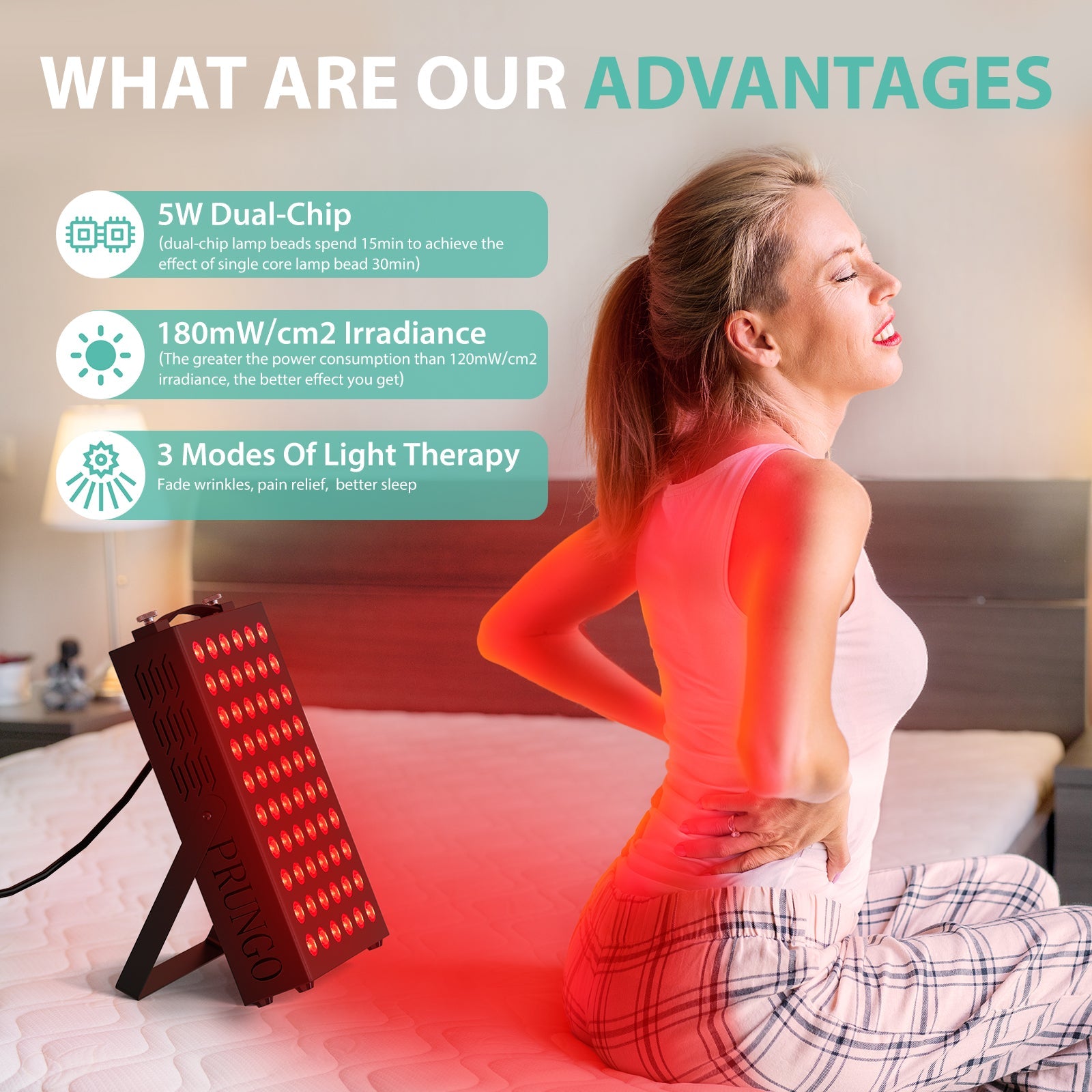
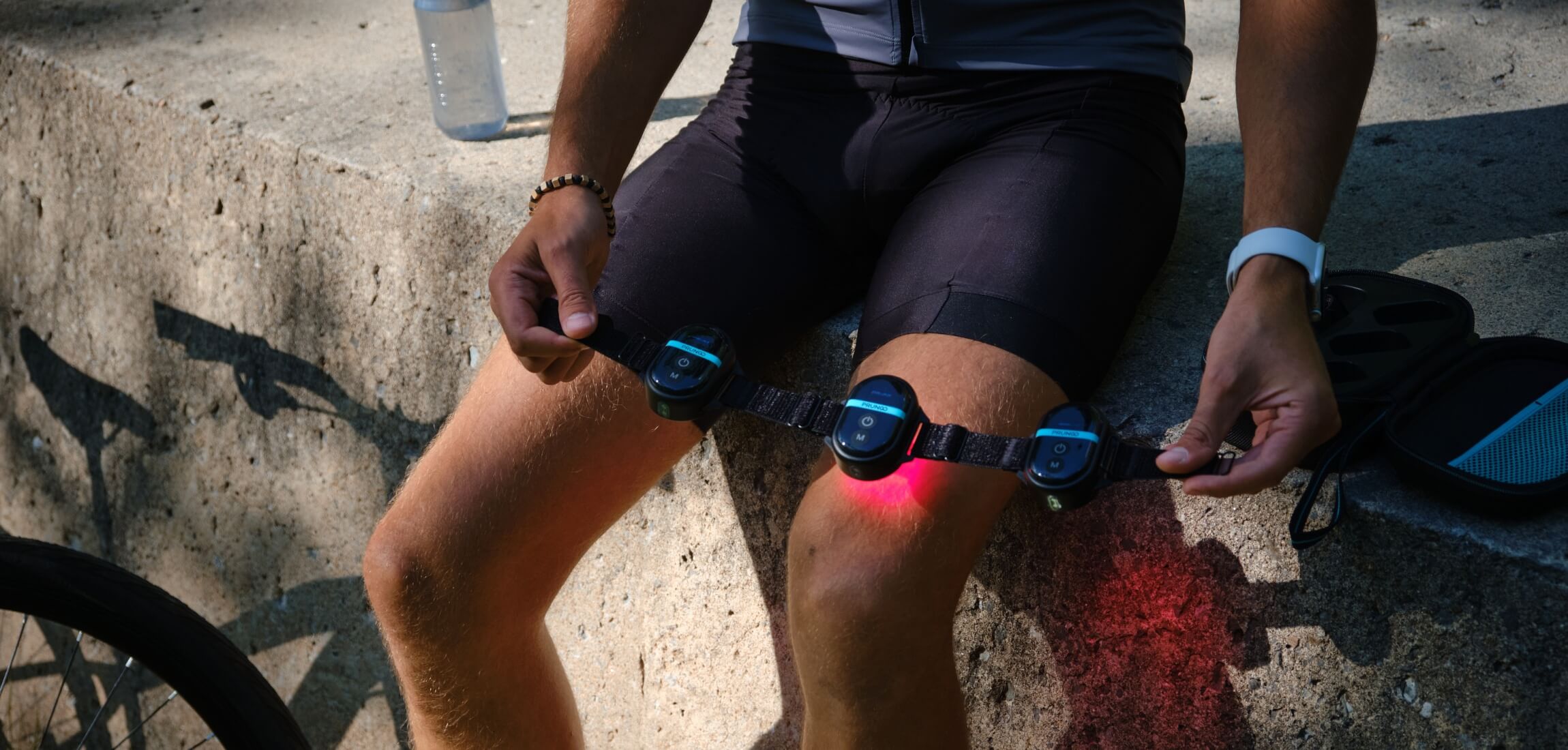
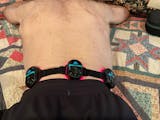
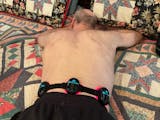









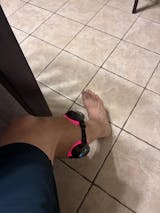
Share:
What is lower back pain?
Red Light Therapy and Inflammation: Illuminating the Path to Healing